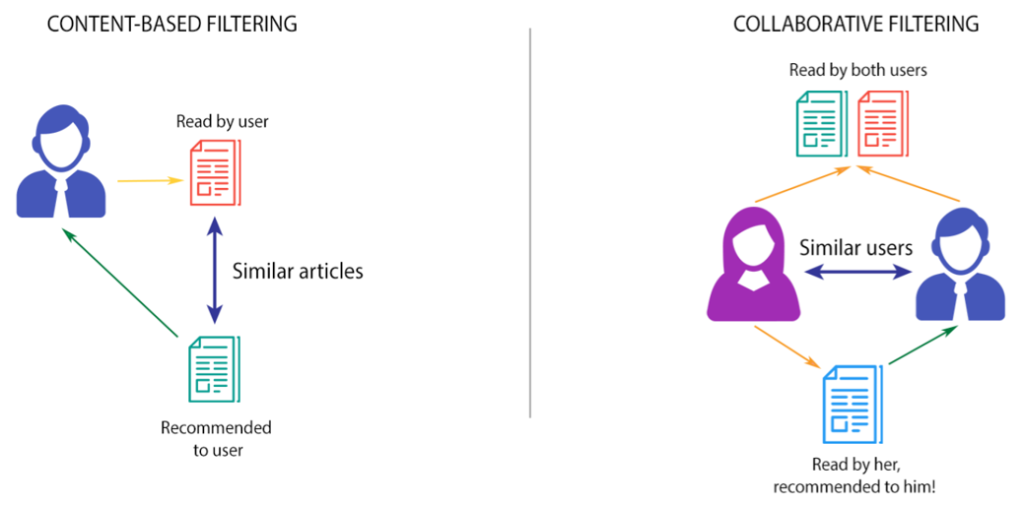Recommender System: Who knows You Better Than Yourself?


Nowadays we are the target of innumerable messages which “advise” us goods or service acquisitions we would have never made had they not been pulled under our nose, therefore pushing us to new needs or waking up latent ones.

Some concrete examples*:
(*) Source: VentureBeat.com 
Behind these focused suggestions there are systems which can be most complex: the recommender systems. These systems have the following objectives:
But, above all, make people buy what we want to sell. From a more technical point of view, the problem a recommendation engine faces is developing a mathematical model or an “objective” fuction which can foresee how much a user will desire a product or service. 
For every “u” user, it is necessary to choose the “i” element which maximizes the “objective” function. 
There are several recommendation typologies:
And it is right here artificial intelligence joins the game: the recommender systems which take advantage of artificial intelligence were born with the aim to advising users about objects they had never bought before! Similarity among users can be calculated in various ways:
How is it possible to know whether a recommender system works?
Here below some valutation meters:
That said, we cannot not consider the fact that recommender systems have a tremendous potential in supporting omnichannel sales, anticipating customers’ wishes.